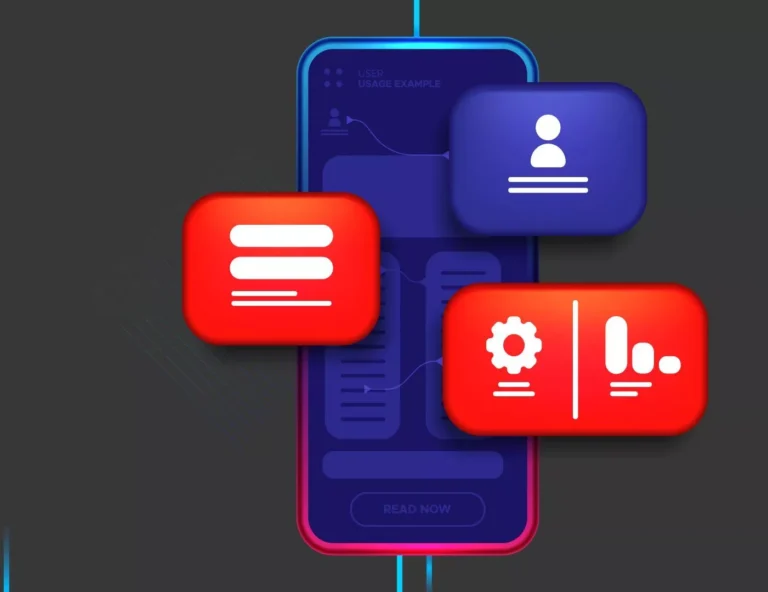We live in an era of smartphones, and we spend a lot of our time on these devices. These smartphones come in all shapes and screen sizes and your prospects and customers can use any of them to access your website. This means your website must look good and be easy to use. It doesn’t matter what device people view it on and that’s where responsive web design testing comes into the picture. It ensures that your website looks good and works well across devices, no matter whether it is a desktop, laptop, tablet, or smartphone.
Screen sizes are always changing makes it essential that your site can adapt to any screen size, today or in the future. The modern web responsive design considers all these things to optimize the experience for everyone. Responsive web design responds to the needs of the users and the devices they’re using. The layout of the content changes with the display size of the device. For example, on a phone, users would see content shown in a single column view; a tablet might show the same content in two columns.
Why Responsive Design Matters?
In the current scenario of the Internet, it is no longer enough to design a website only for a single type of device. The amount of traffic from mobiles has overtaken the amount of traffic from desktop/laptops. There is more than 51% of the total internet traffic. You cannot present your visitors with a page designed for desktop/laptop screens when over 50% of your potential visitors are using a mobile device to browse the internet.
Adaptive Web Design vs Responsive Web Design
Responsive design adapts the rendering of a single page version as the users access. The same base file through their browser, regardless of device. The CSS rules control the layout and render it based on the screen size. The adaptive design delivers multiple different versions of the same page as there is a script that checks for the screen size, and then accesses the template designed for that device. These both are crucial web design trends that help webmasters control how their site looks on different screens, but the inherent approach is different.
Mobile-first vs Desktop-first
There are two main approaches to responsive web design: mobile-first or desktop-first. Both are valid options with each having its pros and cons. If you’re designing a website from scratch, many developers today feel that mobile-first is the way to go as mobile designs tend to be single column, and are much easier to visualize & implement.
Conclusion
We all know that user experience is everything and it’s crucial for success that all users get a great experience no matter what device they use to view a website. Over the last few years, mobile devices have become one of the most important channels for advertising over the internet. Even in a post-pandemic market, spending on mobile ads is constantly growing. Whether you choose to advertise on social media or use an organic approach like YouTube SEO, the vast majority of your traffic will come from mobile users. If your landing pages aren’t optimized for mobile and easy to use, you won’t be able to maximize the ROI of your marketing efforts.










